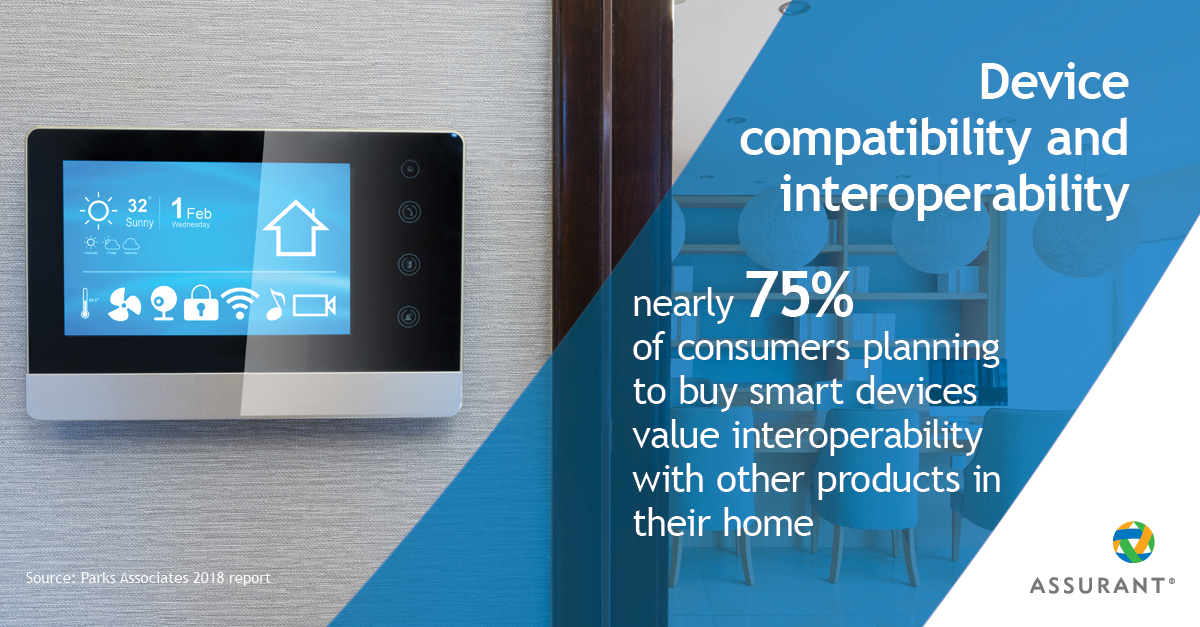Although the smart home has been built up to be an amazing environment where smart devices, such as televisions and appliances, all work together to create a personalized, connected home, that scenario is far from reality.
Why? Because there is currently very limited compatibility and interoperability between devices.
“What we call a smart home today isn’t smart,” technology journalist Stacey Higginbotham wrote on Slate earlier this year. “It’s a cluster of gadgets that the user actively programs to respond to basic triggers.”
The smart home is “stubborn,” Higginbotham added. “Its real value lies in getting a bunch of disparate objects to work together, especially in cases like connected appliances.”

According to a report released earlier this year by Parks Associates, only 25 percent of smart home device owners can control all or some of their smart devices through their home security app. A greater percentage (33%) of consumers use individual apps for each device and do not have one app that controls multiple products.
This is partly due to the daunting array of questions consumers face when purchasing smart home products. What will be compatible with the devices they already have on the home and what they may purchase in the future? What should be the centerpiece of their ecosystem—a smartphone, smart speaker or a smart hub?
Given this complexity, smart home providers would do well to focus on two areas: support and upgrades. Providing consumers with support for installation and management to optimize the functionalities of each device in an integrated way will be key to attracting and maintaining loyalty of new customers.
Consumers are also hesitant to buy devices that may become outdated sooner rather than later, especially large appliances that may become incompatible with upgrades to smart ecosystems. Tailored upgrade/trade-in services can address these points of concern.
The ability to offer premium technical support and upgrades is becoming urgent. According to Statista, household penetration for smart homes is expected to hit 53 percent by 2022, up from 32 percent today.
Just as important, nearly 75 percent of consumers planning to buy smart home devices value interoperability with other products in their home, according to the Parks report.
Bottom line: For the smart home to move beyond being a cluster of disparate gadgets, brands must quickly step up their efforts to provide services assisting consumers with installation and management that optimize the functionalities of each device in an integrated and compatible environment.

